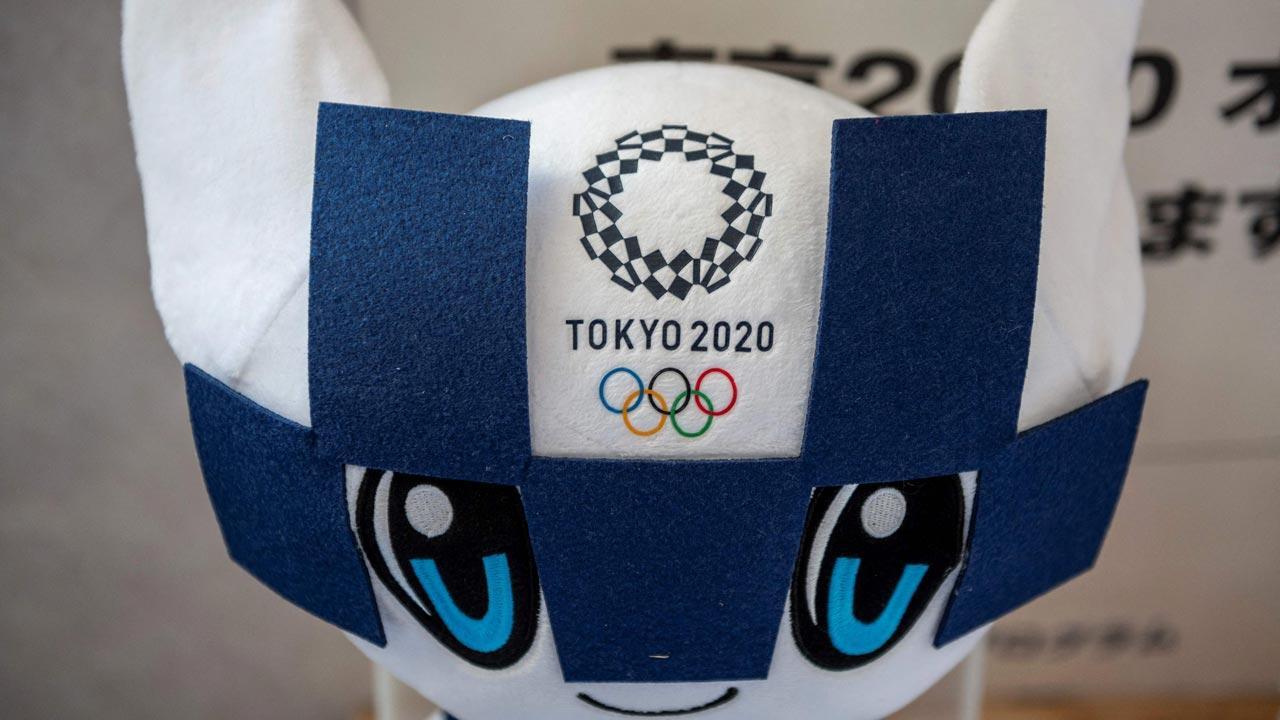The pandemic might have overshadowed a Games once billed as the "Recovery Olympics" after the earthquake and tsunami catastrophe, but Fukushima torchbearers say the relay can show their home in a new light

When the Tokyo Olympics torch relay kicks off in Fukushima on March 25, runners are hoping it will show the world the area is no "nuclear wasteland", a decade after the 2011 disaster. Pic/AFP
When the Tokyo Olympics torch relay kicks off in Fukushima on Thursday, runners are hoping it will show the world the area is no "nuclear wasteland", a decade after the 2011 disaster. The pandemic might have overshadowed a Games once billed as the "Recovery Olympics" after the earthquake and tsunami catastrophe, but Fukushima torchbearers say the relay can show their home in a new light. "From afar, Fukushima might look like a place where time has stood still," Hanae Nojiri, a reporter with a local TV station who will take part in the relay, told AFP. "But when people see the spectators lining the roads and the passion of the runners, I think they'll update their image of the place."
ADVERTISEMENT
The virus-delayed torch relay begins about 20 miles (32 kilometres) from the Fukushima Daiichi nuclear plant that went into meltdown when the massive quake and tsunami struck on March 11, 2011. Around 18,500 people were left dead or missing, most of them victims of the devastating tsunami. Tens of thousands were forced to flee their homes, with radiation making some areas uninhabitable for years. The area's recovery is not complete even now, but residents are ready to show the world how much progress has been made. The torch relay will start at the J-Village football training facility, which was once the front-line command centre for the clean-up operation at the nuclear plant. Now it has been restored to its original purpose, with pristine green pitches welcoming the footballers who train there. "I think it's very meaningful that the relay will start from Fukushima 10 years after the disaster," said Nojiri.
'Mixed feelings'
The Olympics and the relay were delayed by a year because of the pandemic and ongoing virus fears mean the torch festivities have been pared back, with the departure ceremony and first leg closed to the public. Cheering is forbidden along the route, which will criss-cross Japan and involve around 10,000 runners, and the relay will be suspended if large crowds gather. Yumiko Nishimoto, a torchbearer on the first day, has "mixed feelings" over the behind-closed-doors departure ceremony, which features a simplified programme with a reduced number of performers. "Local people were looking forward to it, and some of them wanted to go and watch," said Nishimoto, who leads a community project to plant 20,000 cherry trees, one of the initiatives to restore the area.
"I wonder if organisers could have made more of an effort, considering it's an outdoor event. The situation with infections is not the same here as it is in Tokyo." But Nishimoto is determined not to let the virus put a dampener on the occasion, which she sees as a chance to show "both positive and negative aspects" of Fukushima's recovery. Organisers have been keen to play up the benefits of hosting the Olympics for areas affected by the disaster. But parts of the region remain off-limits due to high radiation, and some hollowed-out towns are still struggling to lure people back to rebuild their communities. "The torch relay will pass through areas where people still can't return, and you can't cover that up -- that's the reality and you need to understand that," said Nojiri. "But a lot of people are moving forward and living life with a smile on their faces, and I want people to see that."
This story has been sourced from a third party syndicated feed, agencies. Mid-day accepts no responsibility or liability for its dependability, trustworthiness, reliability and data of the text. Mid-day management/mid-day.com reserves the sole right to alter, delete or remove (without notice) the content in its absolute discretion for any reason whatsoever
 Subscribe today by clicking the link and stay updated with the latest news!" Click here!
Subscribe today by clicking the link and stay updated with the latest news!" Click here!







